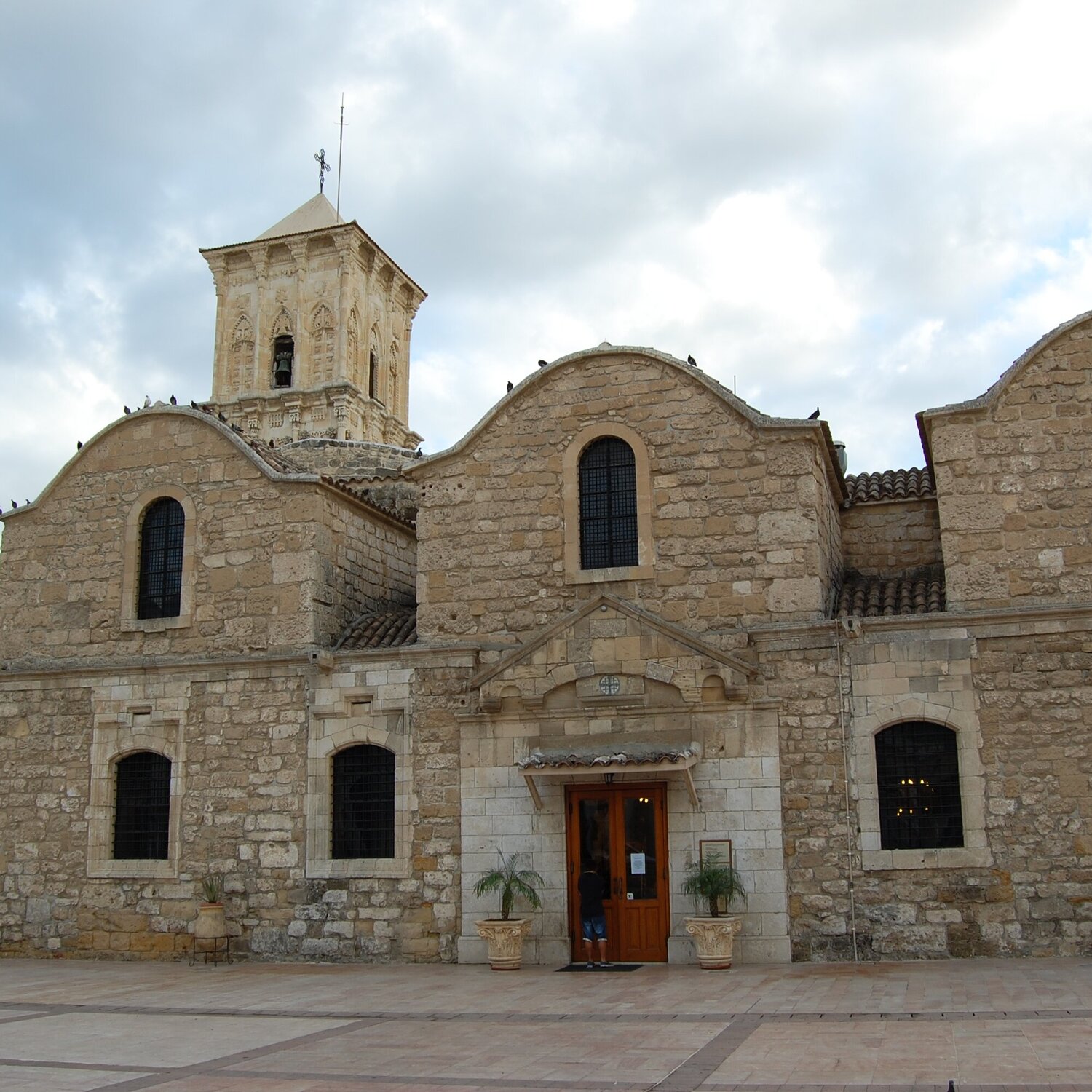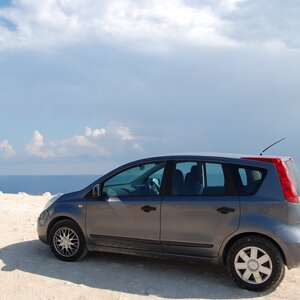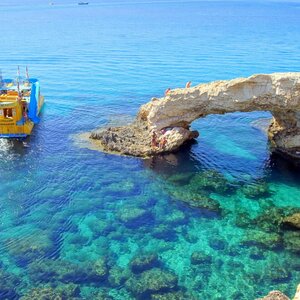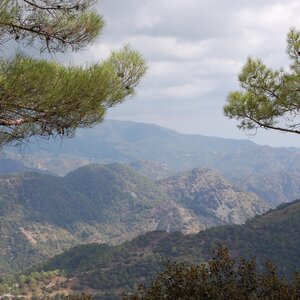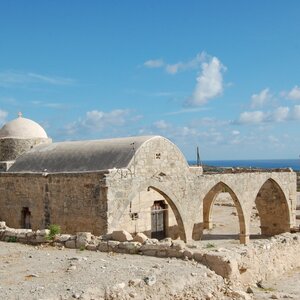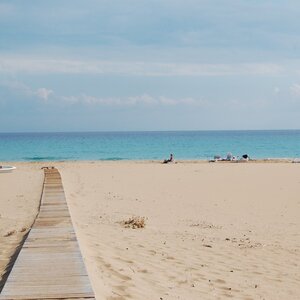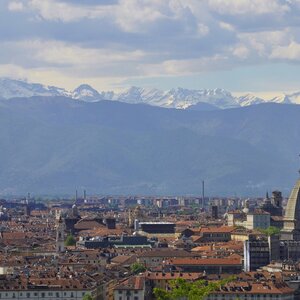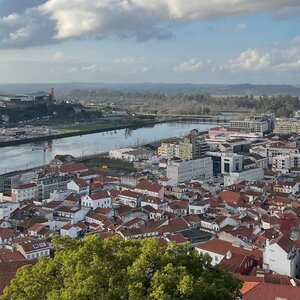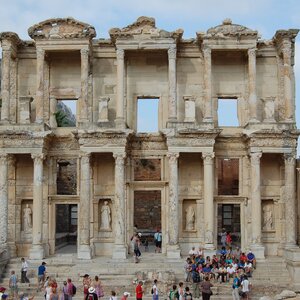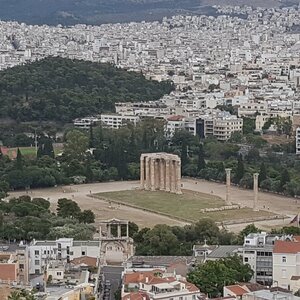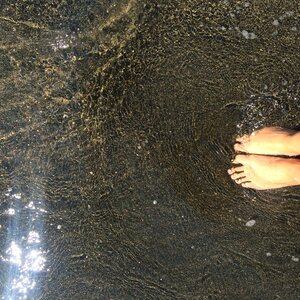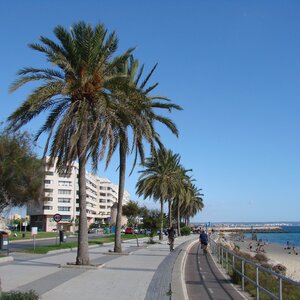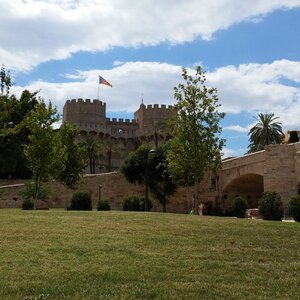Almost every tourist arriving in Cyprus passes through Larnaca, which is home to the largest international airport on the island. Larnaca (Λάρνακα, stress on the first syllable) is the third largest city in Cyprus after Nicosia (Λευκωσία) and Limassol (Λεμεσός). It is located in the southeast of the island, almost at the border with Northern Cyprus.
Kition (Κίτιον), which is the name of Larnaca, is considered one of the oldest cities in the world. It was founded in the 13th century BC and named after its founder Ketim, son of Homer, who owned the island at that time. During its long history, the city has belonged to absolutely different civilizations, which has left an imprint on its appearance.
Let’s go over the most interesting points of Larnaca itself and its surroundings — all of which can be seen in one day.
The ruins of ancient Kition
Start your trip with a visit to the archaeological excavations of ancient Kition. They are not what you would call large-scale and impressive ruins, but there is one nuance: the city is very ancient — and that’s a good reason to include it in your list when visiting Larnaca. The influence of the Mycenaean civilization, Assyrians and Phoenicians can be seen here. The largest temple of Astarte, the goddess of love and power, and a stela of King Sargon II, now in the Berlin Museum, were discovered here.
Archaeological excavations of the ancient city began only at the end of the 19th century, when it was discovered by English scientists during the draining of swamps. The excavations were carried out mostly illegally, and the bulk of the finds were taken out of the country and settled in private collections.
- You can visit the ruins of ancient Kition on weekdays from 8:30 to 16:00 in the winter season and from 9:30 to 17:00 — from mid-April to mid-September. Saturday and Sunday are weekends.
- Admission: 2,5 €. Official website
Port of Larnaca
From ancient Kition to the port of Larnaca is only a 15-minute walk. The port is located at the northern end of the Phinikoudes promenade, very close to Europe Square
Larnaca has long been a major seaport, which has now lost its importance and has become a mooring place for numerous private yachts, on which you can see the flags of different countries, including the Russian flag.
From here you can take a boat trip or go fishing, and there are water activity centers for diving or surfing enthusiasts.
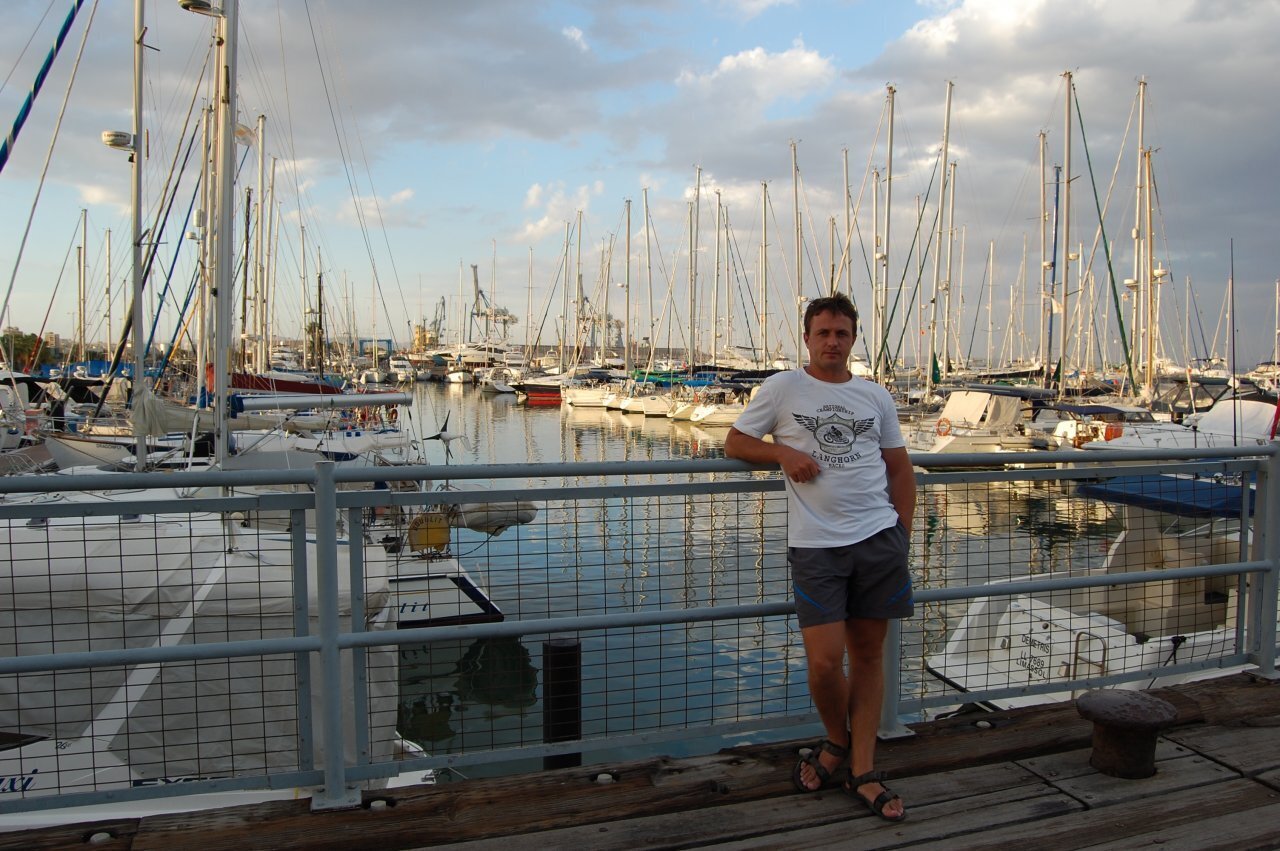
Finicudes promenade
Larnaca’s promenade is famous for its century-old date palms, hence its name and the namesake beach of Finikoudes along which it stretches. The promenade starts from Europe Square and ends at the castle fortress. There are several monuments of importance to Larnaca.
- In the northern part of the embankment, since 2008, there has been an abstract monument dedicated to the Turkish genocide of Armenians in 1915. It is difficult to understand such art, but one can definitely read the powerful message that was put into this strange construction by the sculptor. Armenian refugees landed in this place in 1915, and the monument symbolizes the gratitude of the Armenian people to the Cypriots for their shelter and hospitality.
- At the southern end of the promenade, just a few meters away from the fortress, there is a symbol of Venetian grandeur, the Marble Winged Lion. It was given to Larnaca by its sister city Venice in 2010 as a sign of maritime brotherhood.
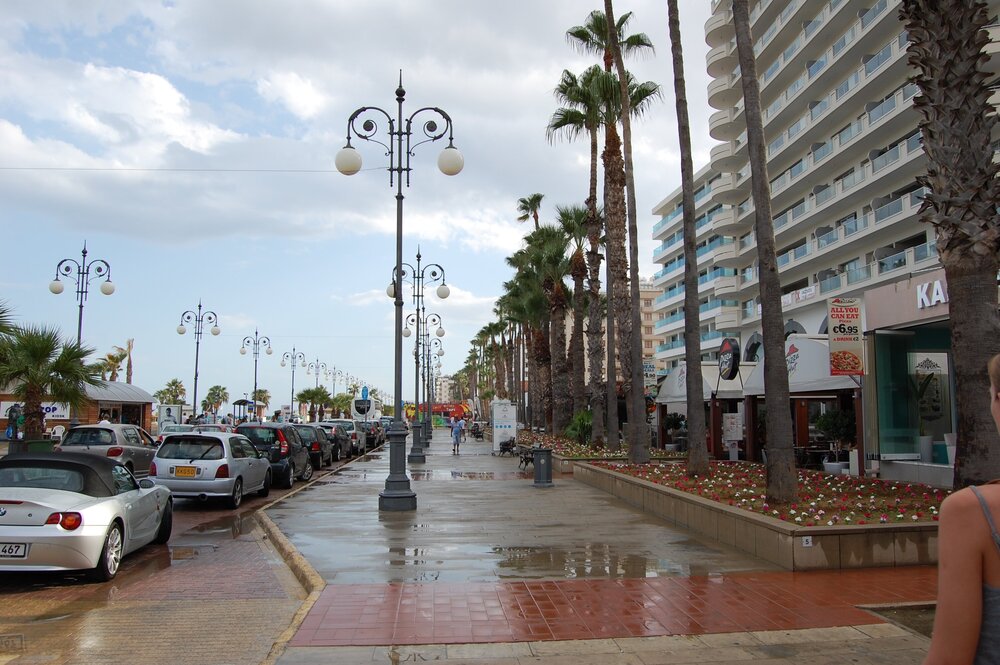
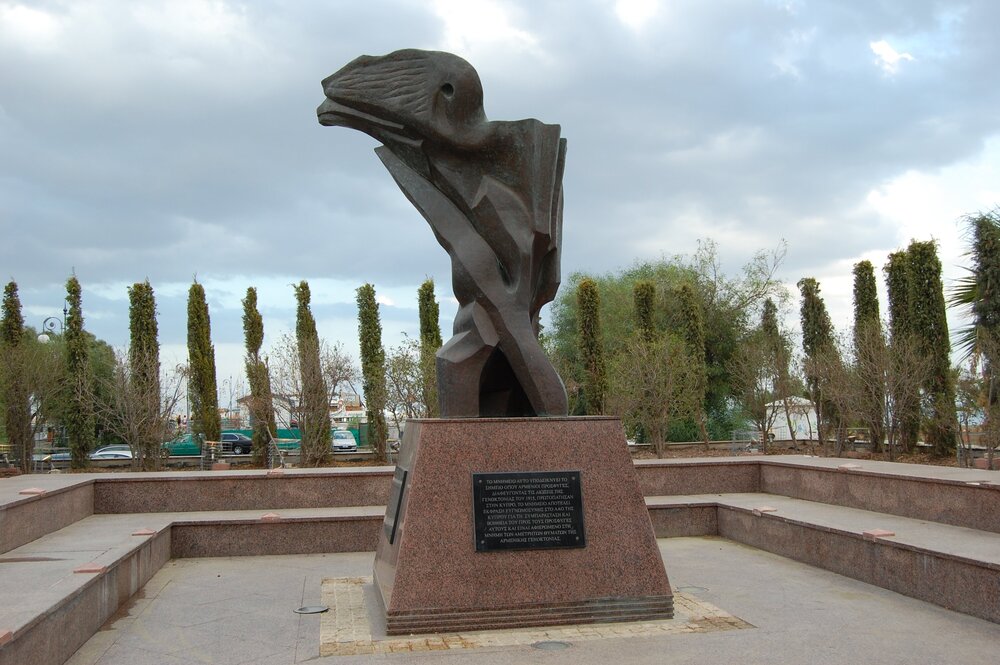

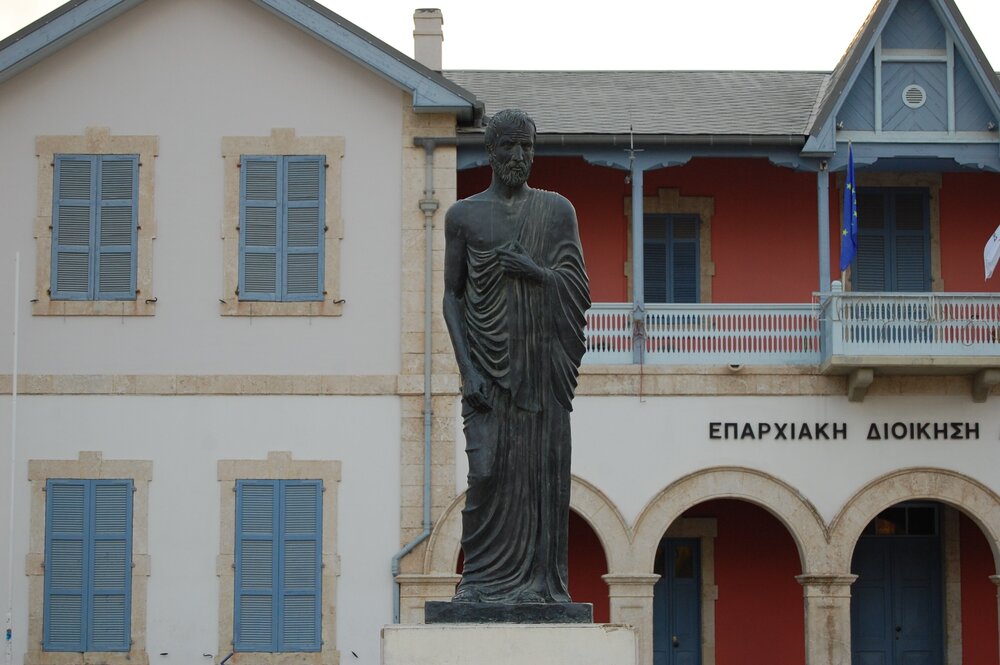
- In Europe Square, next to the Municipal Cultural Center, a monument to Zeno of Kythia, one of the most famous natives of Larnaca and founder of the philosophical school of Stoicism, has stood since 2006. It was donated to Larnaca by the American charity organization Rotary International. Zeno lived most of his life in Athens, but the people of Cyprus remember and are proud of their fellow countryman. One of the city’s gymnasiums is named after him, and before Cyprus joined the EU, Zeno of Kythia was depicted on 20-cent coins.
- In the central part of the promenade stands a monument to the great commander Kimon of Athens, who died during the siege of Kition (Larnaca) by the Persians in the 5th century BC. As he was dying, he ordered his companions to sail immediately and conceal his death, thanks to which the Greeks managed to win two battles with the Persians at the ancient Salamina.
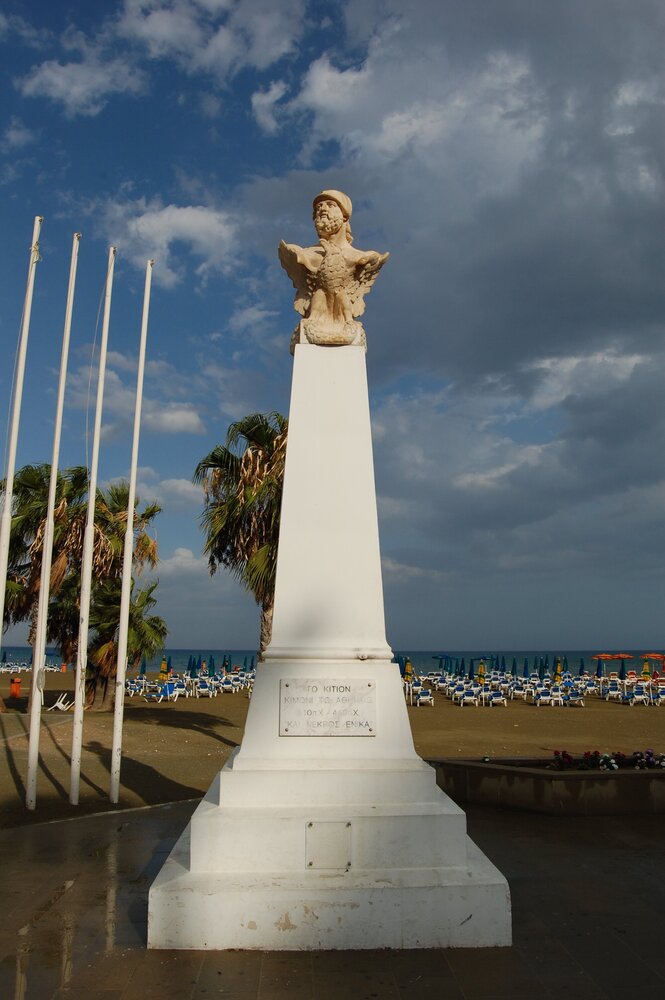
Larnaca Fortress
If you start your journey along the Finikoudes promenade from Europe Square, you will eventually come upon an ancient medieval building at its southern end. The Larnaca Fortress was built in the 14th century during the reign of King James I de Lusignan of Cyprus and originally served to defend the city’s seaport.
In the XVII century, the Ottoman Turks left only the arches in the southern part of the castle and the semicircular apse, along which there are tombstones brought from the cathedrals of Nicosia. During the British rule of Cyprus, the castle was restored and a police station and a prison were built here. Death sentences were carried out in the castle.
In the middle of the 20th century, the building was handed over to a historical museum, which is still open today. In the inner courtyard, several cannons from the early 20th century of the famous Friedrich Krupp AG gun company are on display — their main function used to be to salute ships entering the harbor. Symphony concerts and theater festivals are also regularly held here.
- Hours of operation are 8:00 a.m. to 5:00 p.m. weekdays (until 7:30 p.m. in the summer) and 9:30 a.m. weekends from mid-September through mid-April.
- Admission: 2,5 €
- Site of the fortress
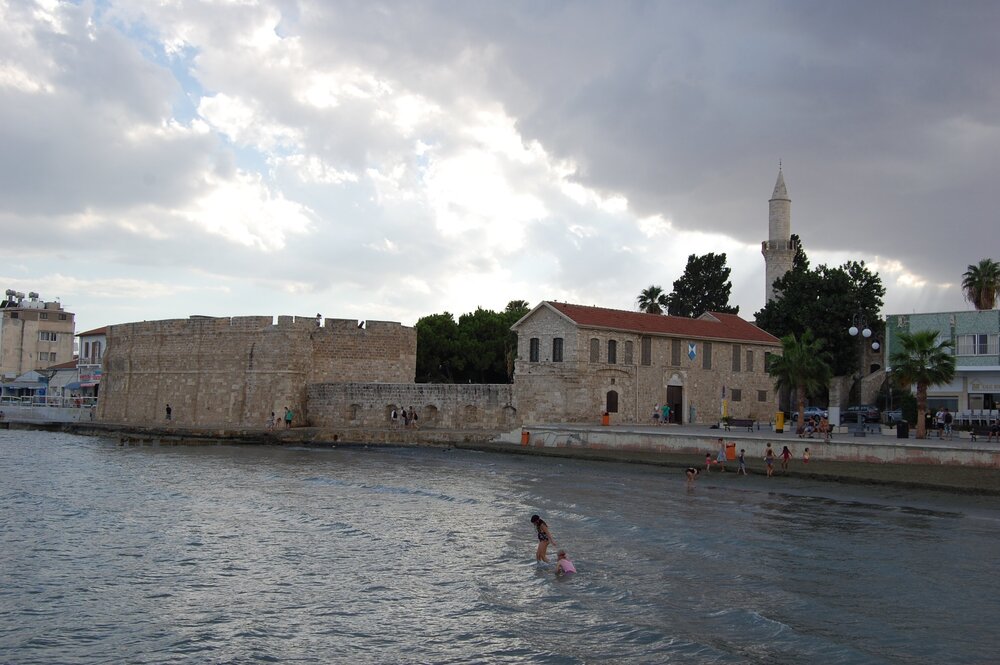
St. Lazarus Church
Next to the fortress is the famous church of St. Lazarus, the most famous local resident: the one who was raised from the dead and then settled here for 30 years.
A temple was erected on the site of Lazarus' tomb in the 9th century AD, where his relics are kept, with the inscription «Lazarus is a friend of Christ» carved on his tombstone. Moreover, the very modern name of the city of Larnaca translates as «tomb» — so great is the importance of the Christian preacher and his connection to the history of Cyprus.
The church consists of three rooms, one of which contains an iconostasis with 120 icons from Cretan and Russian iconographic schools. Among them is the main miracle-working icon depicting St. Lazarus. The relics of the saint are displayed in the center of the temple in a silver frame. And one of the walls in the open gallery of the temple is lined with tombstones with inscriptions in different languages. And there is a spring with holy water here, you can take water from it and take it with you.
- The church is active, entrance is free, on Sundays there are free excursions in Russian.
- Open to the public in winter from 8:00 a.m. to 12:30 p.m. and 2:30 p.m. to 5:00 p.m., and in summer from 8:00 a.m. to 1:30 p.m. and 3:30 p.m. to 6:30 p.m.
- When visiting, women should have their shoulders and knees covered, men should be wearing pants.
- Official site
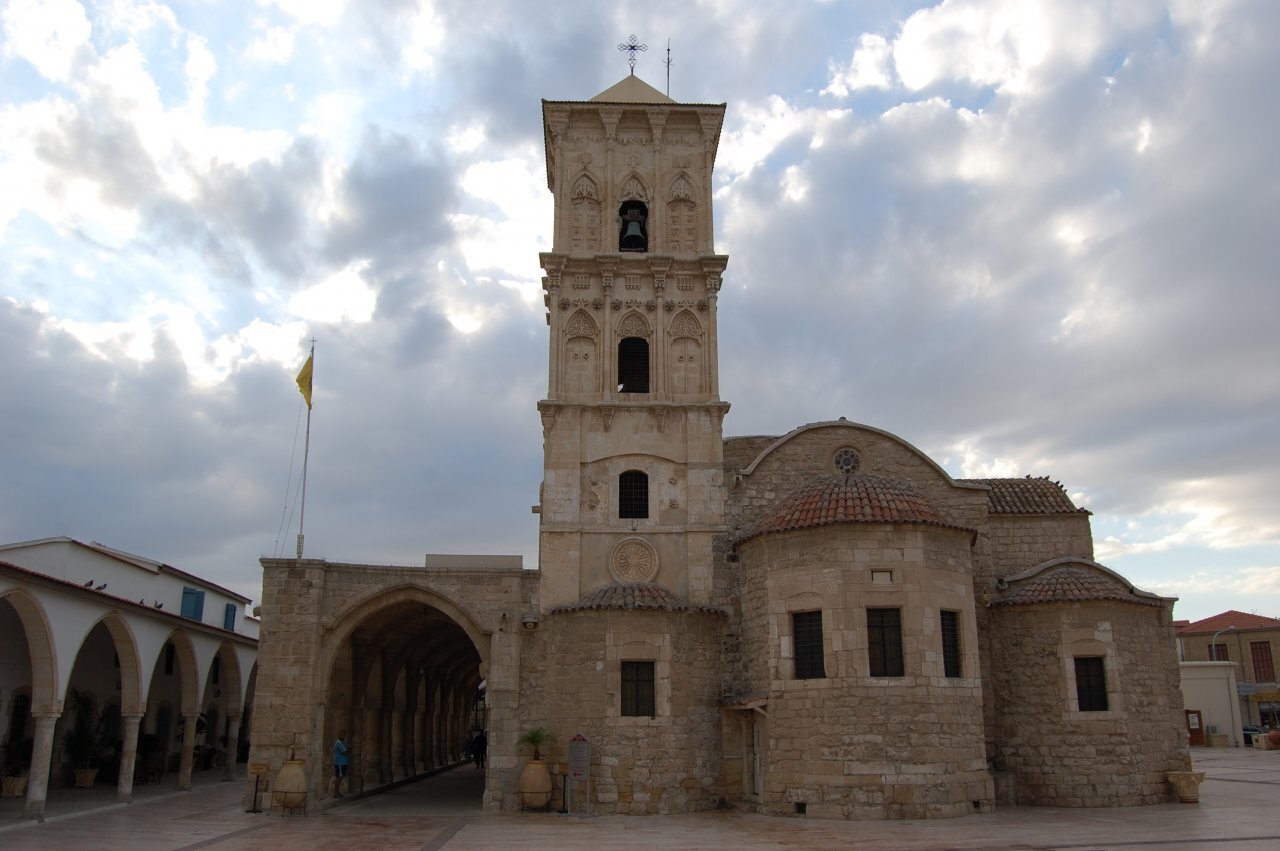
Kamares Aqueduct (Καμάρες)
The aqueduct, which is almost 300 years old, was built in the time of Abu Bekir Pasha, a rich Turk who ruled Larnaca and then the whole of Cyprus in the middle of the 18th century. At that time there were no fresh water sources in the city, so water had to be brought from afar.
The aqueduct with a total length of more than 10 km and a height of 25 m was laid from the Tremitos River. It functioned for its intended purpose until 1938, when modern pipes were laid for the city’s water supply. More than 20 arches of the aqueduct out of the former 75 are quite well preserved, and at night, when illuminated, they look especially mesmerizing.
The Kamares Aqueduct is located in the southern suburbs of Larnaca. The area around it has been turned into a pedestrian zone, as there are always plenty of tourists here. The city authorities have also banned any construction near the aqueduct so as not to endanger it.
- The aqueduct can be reached by bus numbers 408, 408B, 410, 412, 413, 414, 448, 452, 455, stop Limassol Avenue 4. Bus timetable
- Official site
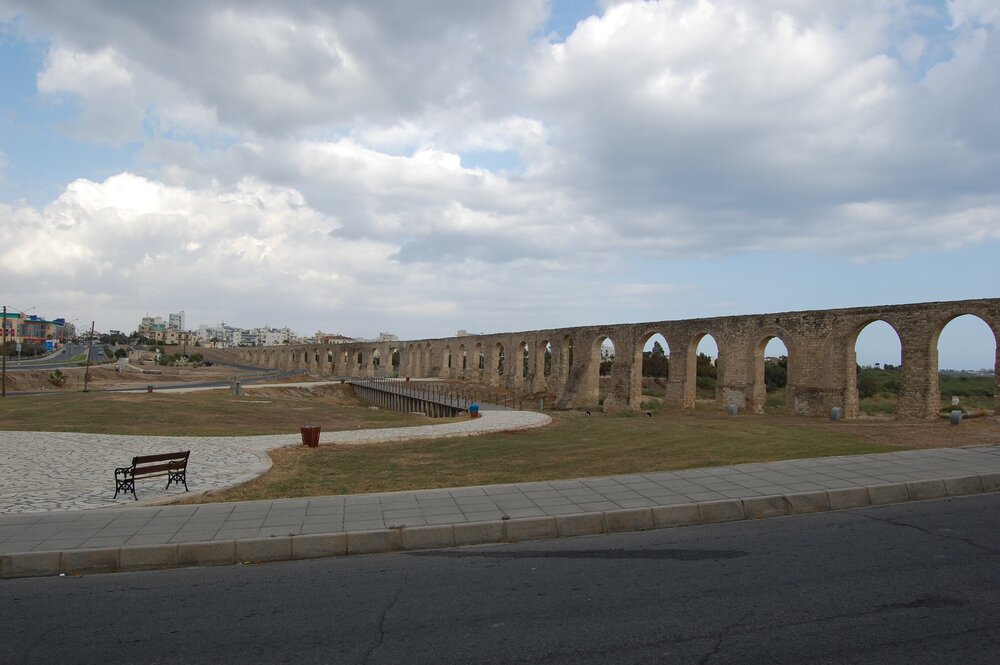
Larnaca Salt Lake
Another interesting place I recommend visiting is Lake Aliki on the southern outskirts of Larnaca, near the Kamares Aqueduct — you can walk from it.
The lake is very different in winter and summer. In winter it is full of water and serves as the most important wintering place for birds in Cyprus. It is home to flocks of pink flamingos, and sometimes lucky visitors can see the rare black flamingo.
In summer the lake turns into a salt desert, and until the 80s of the last century salt was mined here.
Larnaca is worth staying in for at least one day or choosing it as a base for a vacation — because from here it is so easy to visit Northern Cyprus, the beaches of Ayia Napa with turquoise sea, business Limassol and the capital of the Republic of Nicosia.

